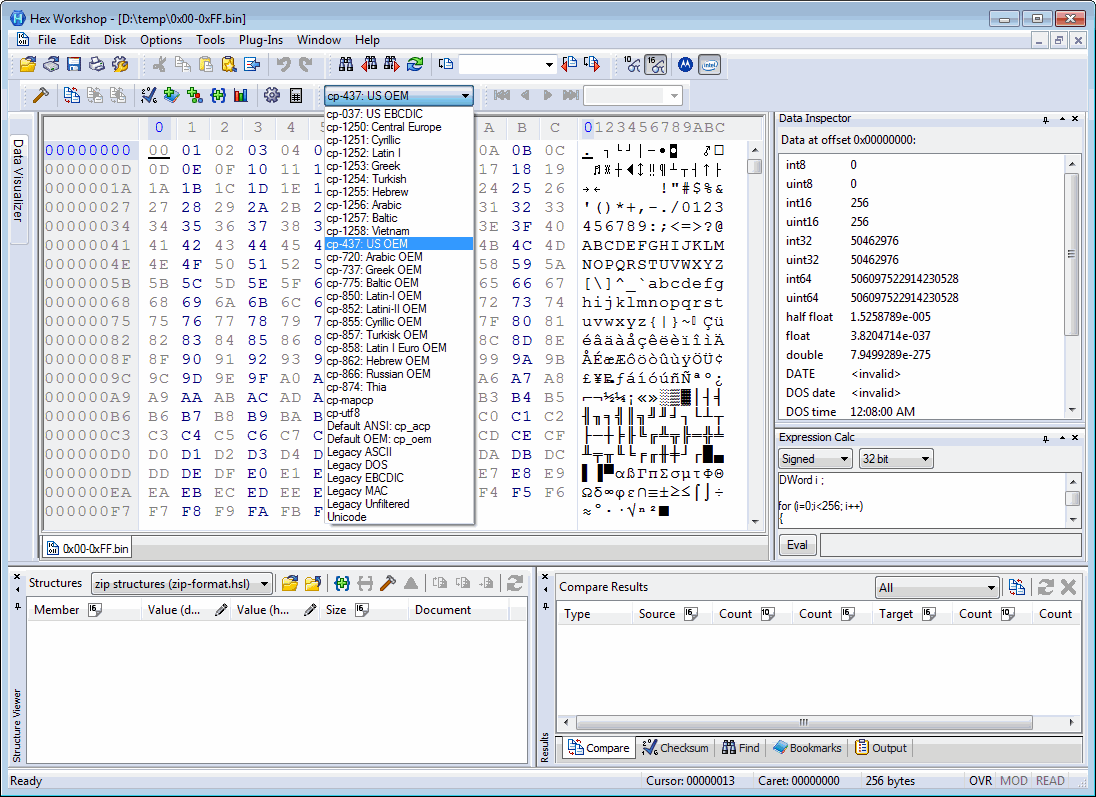
This allows us to design an abutment on the virtual analog as well as to mill or print a physical model with an analog in place. to encode the Swedish characters åäö with utf-8 and then decode them. Here, you can simulate what happens if you encode a text file with one encoding and then decode the text with a different encoding. We use these notches to match the abutment up with the library version in our software. This is an encoding / decoding tool that lets you simulate character encoding problems and errors. The bigger notches on the abutment are what tells us the size of the implant. The TSV abutments have three slots, the certain abutments have two slots, and the external hex abutments have no slots. The narrow slots in the middle of the encode abutment are what tells us what implant system it is. The text message encoder supports both a plain XML encoding as well as SOAP encodings.
HEX FIEND CUSTOM ENCODING HOW TO
This topic describes how to extend the Text, Binary, and MTOM message encoders that are included in WCF, or create your own custom encoder. The lab then uses the codes on the top of the abutment to determine the system and size of the implant as well as its rotation. Each of these bindings combine a transport, message encoder, and other options (security, for example). Adopting these protocols lets implementations of the Encoder and Decoder protocols take your data and encode or decode it to and from an external. You adopt this approach by implementing the Encodable and Decodable protocols on your custom types.
HEX FIEND CUSTOM ENCODING SOFTWARE
If you use an intraoral scanner the lab will import the STL file directly in to the design software and if you take a traditional impression, the impression will be scanned by the lab to create a digital file. The Swift standard library defines a standardized approach to data encoding and decoding. The impression is taken directly over the encode abutment and can be done traditionally or with an intra-oral scanner.

One of the biggest advantages to the encode abutments is that once they are placed they don’t need to be removed for the impression which saves times and helps to preserve the tissue.

These abutments were initially just for the 3i Certain® and external hex implants but just recently Zimmer Biomet announced that they are now available for the Zimmer TSV implants as well. Encode abutments from Zimmer Biomet are a type of healing abutment that have markings, or codes, on the top that make it possible to use them in place of an impression coping or scan body.


 0 kommentar(er)
0 kommentar(er)
